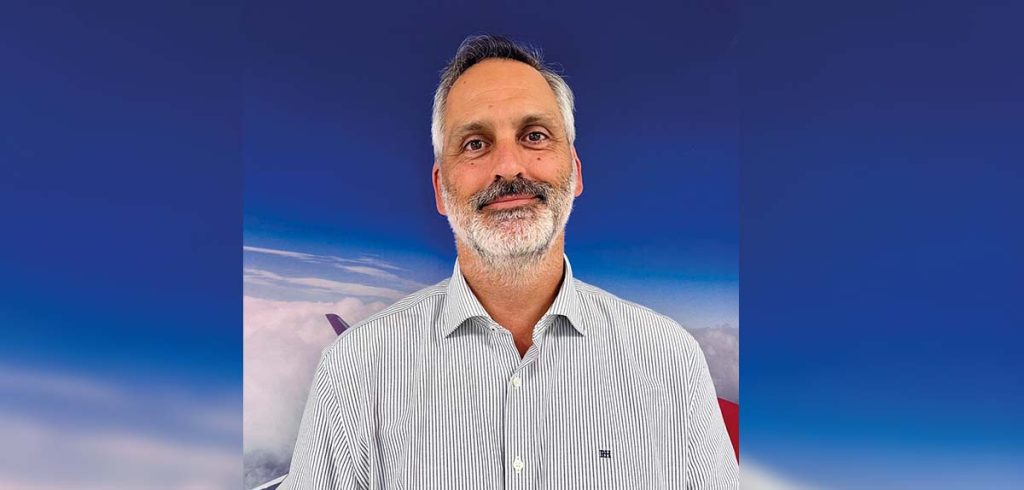It is our job to encourage young people who saw the sky as something inaccessible to reach Space through their knowledge"
When we were born in 2008, the world would look
at the stars with a dream-inducing vision of the
unattainable, which as decades went by has become
a strategic reality with the ability to reach the great
opportunities that present themselves to us in the realm of space.
However, these opportunities are not exempt from
certain threats. And it is precisely the growing progress of space technology the reason why the physical boundaries between space and Earth must count with a series of measures that mitigate those risks and offer the certainty that all systems will perform as expected or allow for reacting in the face of the unpredictable threats that these opportunities can bring with them.
Fortunately, enough work has been done so that
each of these risks is paired with critical technology that fulfills the technical requirements for safety. When we talk about a critical system, this does not merely refer to the fact that a system will work correctly, but also implies that countless factors, such as the protection of flight and ground personnel, the launch vehicle, the population at large, public and private properties, the space system and the environment, will remain insulated from the hazards associated with the space system.
This means that establishing an independence when
it comes to safety features and the development of
software components is essential to be able to offer
innovative capabilities in critical situations. For example,
having a satellite launcher equipped with a unit that
verifies the correct functioning of a rocket or having a
rover that, in its travels across the surface of Mars to
collect and study samples of the red planet, responds
in the most efficient and quickest way possible when
faced with any problem. This is something that we
Spanish companies are still working on in order to help
guarantee progress.
At a national level, our country is a leader in the
advancement of these technologies that aim to
reduce the vulnerabilities that endanger the safety
of our human team and of projects of the aerospace
sector. Which is why our goal in the sector is to develop
control software for onboard equipment, with projects
such as the development of the spectrometer control
(SEB) subsystem of the UVAS project and the IRCAM
infrared camera that we have developed, becoming a
leading company in space instruments for stratospheric
balloons of CSBF/NASA.
With the spectrum of possibilities
that space brings us, it will not
be long until we see systems
so advanced that they will
themselves need even more
advanced critical applications to
consolidate the industrial foothold
and foster aerospace safety.
The growing development
that we are experiencing
makes it vital to count with a
new generation of talent that
has enough training to face the
development of software as
complex as critical systems are.
Undoubtedly, the growth of this
sector needs to come hand-inhand
with an ingenuity that is not
only young, but also diverse and
egalitarian, where the footprints
of female talent lead the way in
the constellation of challenges
that this generation will face.
Therefore, our job is to
encourage the young people
that used to see the sky as
something inaccessible to reach
space through their knowledge something that will only be
possible if we bring together
science, technology, diversity and
equality to enrich the experts of
the future in a sector as attractive
as this one.
With this in mind, it will not hurt
to dream with the wide range
of possibilities that space has
to offer, but always with both
feet firmly on the ground and
paying attention to the needs of
the sector today, so as to offer
a dependable response to the
advancements of tomorrow.
It is no longer enough to apply
a patch to the adversities
that space can bring it is
now paramount to prioritize
prevention in a field that is seeing
an explosive growth, and that
needs a set of foundations and
equipment that are prepared
enough to rise up to the demands
of aerospace systems.





